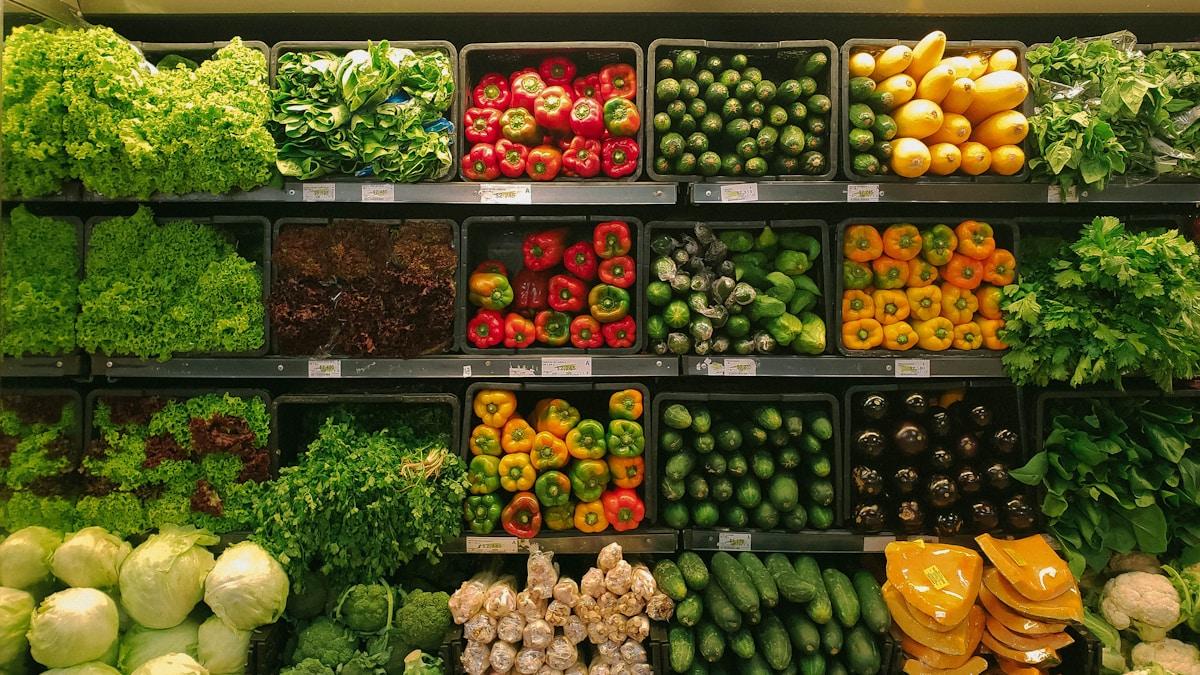
Budget-Friendly Healthy Eating: 10 Ways to Eat Nutritious Meals on $50 a Week
Discover 10 proven strategies to eat healthy on a tight budget. Learn how to enjoy nutritious meals for $50 per week with smart shopping, meal planning, and budget-friendly food choices.
Verdu Team
The team behind Verdu, your AI-powered nutrition companion
There's a persistent myth that eating healthy requires a big budget—that fresh vegetables, lean proteins, and whole grains are luxuries reserved for those with disposable income. But here's the truth: you can eat nutritious, satisfying meals on $50 per week (or about $7 per day) with the right strategies.
The challenge isn't affordability—it's knowing how to shop smart, plan efficiently, and make the most of every dollar. According to Harvard's Nutrition Source, healthier dietary patterns cost only about $1.48 more per day compared to less healthy diets. That's roughly $10 per week—hardly the budget-breaker many people assume.
So what does it take to eat well without overspending? Planning, smart shopping, and a few strategic food choices. In this guide, you'll discover 10 actionable strategies to enjoy nutritious meals while sticking to a tight budget.
1. Plan Your Meals Weekly
The single most impactful habit for budget-friendly healthy eating is meal planning. According to the USDA's MyPlate recommendations, taking 15-20 minutes each week to plan your meals can significantly reduce food costs and waste.
Why meal planning saves money:
- Prevents impulse purchases: When you shop with a plan, you're less likely to grab expensive convenience items or snacks you don't need
- Reduces food waste: You buy exactly what you'll use, not what looks good in the moment
- Enables batch cooking: Plan meals that share ingredients (e.g., rotisserie chicken for tacos Monday, salads Tuesday, soup Wednesday)
How to do it:
- Choose 5-7 meals for the week (include breakfast, lunch, and dinner staples)
- Write down ingredients you'll need
- Check your pantry and fridge to avoid buying duplicates
- Build meals around sale items and in-season produce
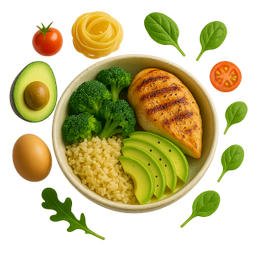
AI-Powered Meal Planning Made Simple
Let's be honest: spending 20 minutes planning meals every week can feel like a chore after a long day. This is where AI-powered tools like Verdu make a real difference.
Instead of manually browsing recipes and writing shopping lists, Verdu's AI suggests budget-friendly meals tailored to your nutritional goals, dietary preferences, and what you already have in your pantry. Get personalized meal ideas in seconds—no guesswork, no wasted time.
2. Buy In-Season Produce
Fresh fruits and vegetables are essential for a healthy diet, but they can be expensive when bought out of season. The American Heart Association recommends buying produce when it's in season to maximize both nutrition and savings.
Examples of seasonal savings:
- Spring: asparagus, strawberries, lettuce, peas
- Summer: tomatoes, zucchini, berries, corn
- Fall: squash, apples, Brussels sprouts, sweet potatoes
- Winter: citrus fruits, root vegetables, kale, cabbage
Pro tip: When in-season produce goes on sale, buy extra and freeze it for later. Berries, peppers, and greens freeze well and retain most of their nutrients.
Cost savings: In-season produce can be 30-50% cheaper than out-of-season equivalents shipped from across the world.
3. Choose Frozen and Canned Produce
Fresh isn't always better—or more affordable. Frozen and canned fruits and vegetables are nutritionally comparable to fresh (and sometimes superior, since they're frozen at peak ripeness) while costing significantly less.
According to the American Heart Association, frozen and canned produce without added sugar or excess sodium are excellent budget-friendly options.
Best budget-friendly frozen/canned options:
- Frozen vegetables: broccoli, spinach, mixed vegetables, green beans
- Frozen fruits: berries, mango, cherries (for smoothies and oatmeal)
- Canned goods: tomatoes, beans, chickpeas, pumpkin, corn
Watch out for: Added sugars in canned fruit (choose "packed in water" or "no sugar added") and excess sodium in canned vegetables (rinse before using or choose "low sodium" versions).
Cost comparison: A pound of fresh broccoli might cost $2.50, while a pound of frozen broccoli costs $1.00-$1.50—and it lasts months in your freezer.
4. Use Beans and Legumes as Protein Sources
Protein is essential for muscle repair, immune function, and satiety—but it's often the most expensive part of a grocery budget. Enter beans, lentils, and legumes: the budget eater's best friend.
Why beans are nutrition powerhouses:
- High in protein: 1 cup of cooked black beans has 15g of protein
- Rich in fiber: Supports digestion and keeps you full longer
- Packed with nutrients: Iron, folate, magnesium, potassium
- Incredibly cheap: Dried beans cost $1-2 per pound and yield 6-7 cups cooked
Cost comparison:
- Chicken breast: $3-5 per pound (about 100g protein)
- Ground beef: $4-6 per pound (about 80g protein)
- Dried black beans: $1.50 per pound (about 95g protein when cooked)
Beans deliver comparable protein at a fraction of the cost.
How to use them:
- Replace half the meat in chili, tacos, or pasta sauces with beans
- Make bean-based soups and stews
- Blend chickpeas into hummus for a protein-rich snack
- Use lentils in curries, grain bowls, or as a salad topper
5. Buy Whole Grains in Bulk
Whole grains like brown rice, oats, quinoa, and whole wheat pasta are nutritious, filling, and incredibly affordable when purchased in bulk.
Why whole grains are budget-friendly:
- Long shelf life: Stored properly, grains last 6-12 months
- High volume per dollar: A $2 bag of rice provides 10-15 servings
- Versatile: Use for breakfast (oatmeal), lunch (grain bowls), and dinner (stir-fries, sides)
Best budget whole grains:
- Oats ($0.10-0.15 per serving): Perfect for breakfast, overnight oats, or homemade granola
- Brown rice ($0.20-0.30 per serving): Pairs with nearly any meal
- Whole wheat pasta ($0.25-0.40 per serving): Budget-friendly and filling
- Quinoa ($0.50-0.70 per serving): Higher cost but high protein and nutrients
Storage tip: Keep grains in airtight containers in a cool, dry place to prevent spoilage and pests.
6. Cook at Home Instead of Buying Prepared Foods
Pre-packaged, convenience foods come with a convenience tax—sometimes costing 2-3 times more than the same meal made from scratch.
Cost breakdown example:
- Frozen lasagna (serves 4): $8-12 ($2-3 per serving)
- Homemade lasagna (serves 6-8): $10-12 total ingredients ($1.25-2 per serving)
Time-saving cooking strategies:
- Batch cook on weekends: Make large portions of soups, casseroles, or grains and refrigerate/freeze for the week
- Use slow cookers or instant pots: Minimal prep, maximum flavor
- Prep ingredients in advance: Chop vegetables, cook grains, or marinate proteins on Sunday for quick weeknight meals
Hidden benefit: Cooking at home gives you complete control over ingredients, portion sizes, and nutrition—helping you meet health goals while saving money.
7. Shop With a List and Stick to It
Grocery stores are designed to encourage impulse purchases—end-cap displays, checkout candy, "buy one get one" deals you don't need. Shopping with a list is your defense.
According to the USDA's MyPlate guidance, planning what to buy helps you avoid impulse purchases, which often aren't healthy and can inflate your grocery bill by 20-40%.
How to create a smart shopping list:
- Organize by store section: Produce, dairy, proteins, pantry staples
- Include quantities: "2 lbs chicken breast" instead of just "chicken"
- Check sales circulars: Plan around what's on sale this week
- Leave wiggle room: Budget $5-10 for unexpected deals or forgotten items

AI-Generated Shopping Lists
Writing shopping lists by hand takes time—and it's easy to forget items or buy duplicates. Verdu automatically generates smart shopping lists based on your planned meals and current pantry inventory.
The AI knows what you already have, what you need for your weekly meals, and suggests quantities to avoid over-buying. Shop faster, avoid impulse purchases, and stick to your budget effortlessly.
8. Buy Store Brands
Name-brand products often cost 30-40% more than store-brand equivalents—despite being nearly identical in quality and nutrition.
Where store brands shine:
- Pantry staples: rice, pasta, canned goods, flour, sugar
- Dairy products: milk, yogurt, cheese
- Frozen foods: vegetables, fruits, plain proteins
Where name brands might matter:
- Specialty items where taste/texture differs significantly (e.g., certain condiments or snacks)
- Personal preference items you genuinely enjoy
Cost savings example:
- Name-brand oatmeal: $4.50 for 18 oz
- Store-brand oatmeal: $2.50 for 18 oz
- Savings: $2 per purchase, $24+ annually (if bought monthly)
Multiply these savings across 10-20 staple items, and you're looking at $200-400 saved per year just by choosing store brands.
9. Reduce Meat Portions and Increase Plant Proteins
Meat is often the most expensive item on grocery receipts. You don't have to go vegetarian, but reducing portion sizes and incorporating more plant-based proteins can dramatically cut costs.
As noted by Harvard's Nutrition Source, shifting toward plant-based proteins is one of the most effective ways to eat healthy on a budget—contributing to that $1.48 per day cost difference.
Strategies to reduce meat costs:
- Halve meat portions: Instead of 6 oz of chicken per person, use 3 oz and bulk up meals with beans, vegetables, and grains
- Go meatless 2-3 days per week: Try bean chili, lentil curry, chickpea pasta, or tofu stir-fry
- Use meat as a flavor enhancer: Add small amounts of bacon, sausage, or ground beef to dishes rather than making it the star
Plant-based protein swaps:
| Traditional Protein | Budget Plant-Based Alternative | Cost Savings |
|---|---|---|
| Chicken breast (4 oz) | Black beans (1 cup) | $1.50 → $0.30 |
| Ground beef (4 oz) | Lentils (1 cup cooked) | $1.50 → $0.25 |
| Salmon (4 oz) | Chickpeas + tahini (1 cup) | $4.00 → $0.50 |
Weekly savings from 3 meatless meals: $10-15
10. Prevent Food Waste
Wasting food is like throwing money in the trash. According to the EPA, the average American household wastes 31.9% of food purchased—translating to over $1,600 per year.
How to prevent waste:
- Store food properly: Keep produce fresh longer with proper storage (e.g., store herbs in water, keep berries dry, separate ethylene-producing fruits)
- Use the FIFO method (First In, First Out): Move older items to the front of your fridge/pantry so they get used first
- Repurpose leftovers creatively: Turn roasted chicken into soup, use stale bread for croutons, blend overripe fruit into smoothies
- Freeze before it spoils: Freeze bread, vegetables, cooked grains, and proteins before they go bad
- Plan "clean out the fridge" meals: Once a week, make a stir-fry, soup, or grain bowl using leftover ingredients
For more in-depth strategies, check out our guide on stopping food waste with AI-powered meal planning.
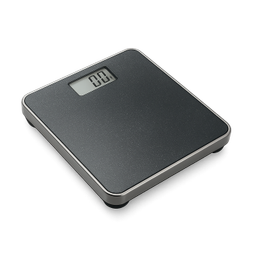
Balance Budget and Nutrition
Eating on a budget doesn't mean sacrificing nutrition. The challenge is ensuring you're still hitting your protein targets, getting enough vitamins, and maintaining balanced macros—even when cutting costs.
Verdu tracks your nutrition automatically by analyzing your meals, so you can see if your budget-friendly choices are still meeting your health goals. Snap a photo of your meal, and instantly know if you're on track—no manual calorie counting or guesswork required.
Your 3-Day $50 Budget Meal Plan Example
To show you how these strategies work in practice, here's a 3-day budget meal plan for one person (roughly $16-17, scaled to $50+ for a full week):
Day 1
- Breakfast: Oatmeal with frozen berries and peanut butter ($1.00)
- Lunch: Lentil soup with whole wheat bread ($1.50)
- Dinner: Black bean tacos with cabbage slaw and brown rice ($2.50)
- Snack: Carrot sticks with hummus ($0.50)
- Total: $5.50
Day 2
- Breakfast: Scrambled eggs with spinach and whole wheat toast ($1.25)
- Lunch: Chickpea salad with mixed greens and olive oil dressing ($2.00)
- Dinner: Stir-fried tofu with frozen vegetables and brown rice ($2.50)
- Snack: Apple with peanut butter ($0.75)
- Total: $6.50
Day 3
- Breakfast: Greek yogurt (store brand) with oats and banana ($1.50)
- Lunch: Leftover lentil soup with crackers ($1.00)
- Dinner: Whole wheat pasta with canned tomatoes, white beans, and garlic ($2.50)
- Snack: Popcorn (air-popped, homemade) ($0.25)
- Total: $5.25
3-Day Total: $17.25
Scale this approach across a full week (with some variety and additional meals), and you're well within a $50 budget while eating balanced, nutritious meals.
The Bottom Line: Healthy Eating Doesn't Require a Big Budget
Eating nutritious meals on $50 per week isn't just possible—it's achievable with the right strategies. Plan your meals, shop smart, embrace plant-based proteins, and prevent waste. These habits don't just save money—they improve your health, reduce stress, and make cooking at home more enjoyable.
Remember: according to USDA Food Plans, millions of Americans eat healthy on the Thrifty Food Plan budget, proving that nutrition and affordability can coexist.
You don't need expensive superfoods or organic everything to eat well. You need a plan, smart choices, and maybe a little help from technology.
Start Eating Smarter on a Budget Today
Planning budget-friendly meals, tracking nutrition, and generating shopping lists doesn't have to take hours every week. With Verdu's AI-powered meal planning, you can get personalized, affordable meal suggestions in seconds—tailored to your budget, goals, and what you already have in your kitchen.
Ready to make healthy eating affordable and effortless?
Download Verdu to get AI-powered meal ideas, smart shopping lists, and nutrition tracking—so you can eat well without breaking the bank.
Looking for more budget-friendly nutrition tips? Check out our guide on stopping food waste with AI meal planning or learn more about how Verdu works.
Related Articles
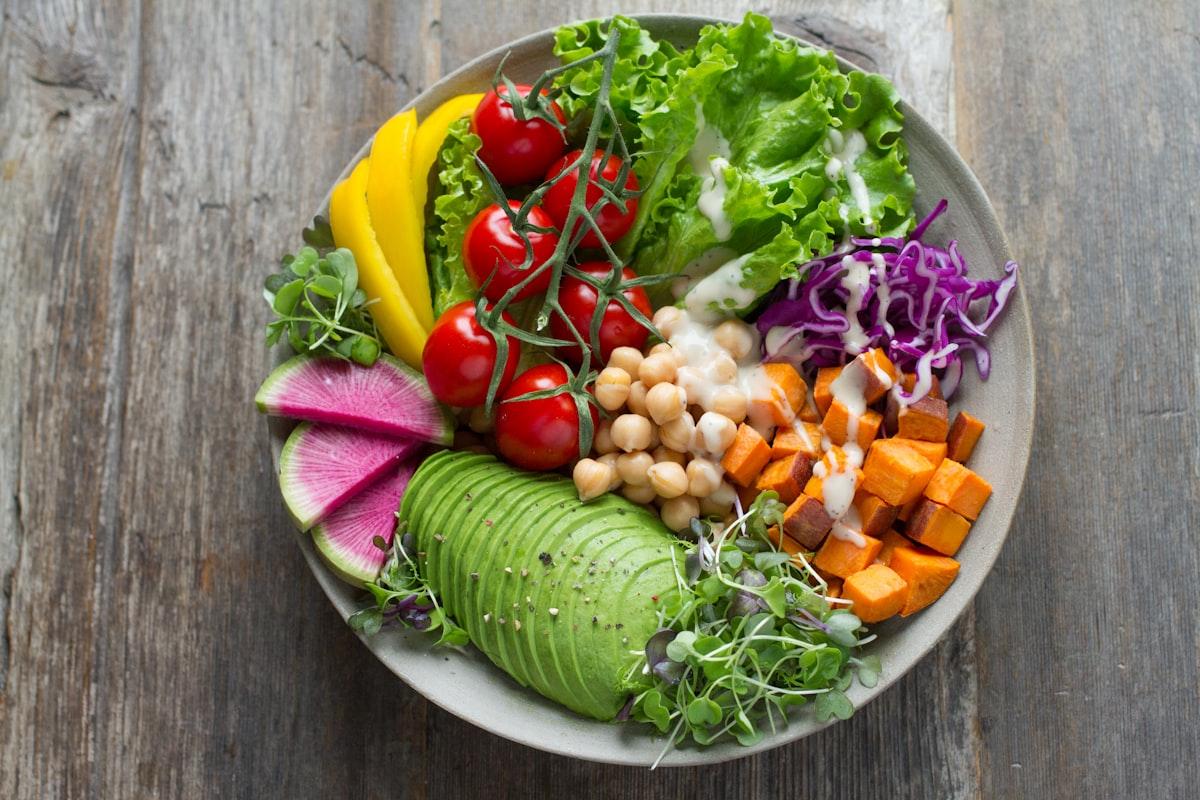
Meal Prep for Beginners: 7 Simple Strategies to Save Time and Eat Healthier All Week
Master meal prep with these 7 beginner-friendly strategies. Save hours each week, eat healthier, and stop stressing about what's for dinner.

Stop Wasting Food: How AI-Powered Meal Planning Transforms Your Pantry Into Delicious Meals
Discover how AI meal planning helps you reduce food waste, save money, and create delicious meals from ingredients you already have. Learn practical strategies to transform your pantry into a source of inspiration.
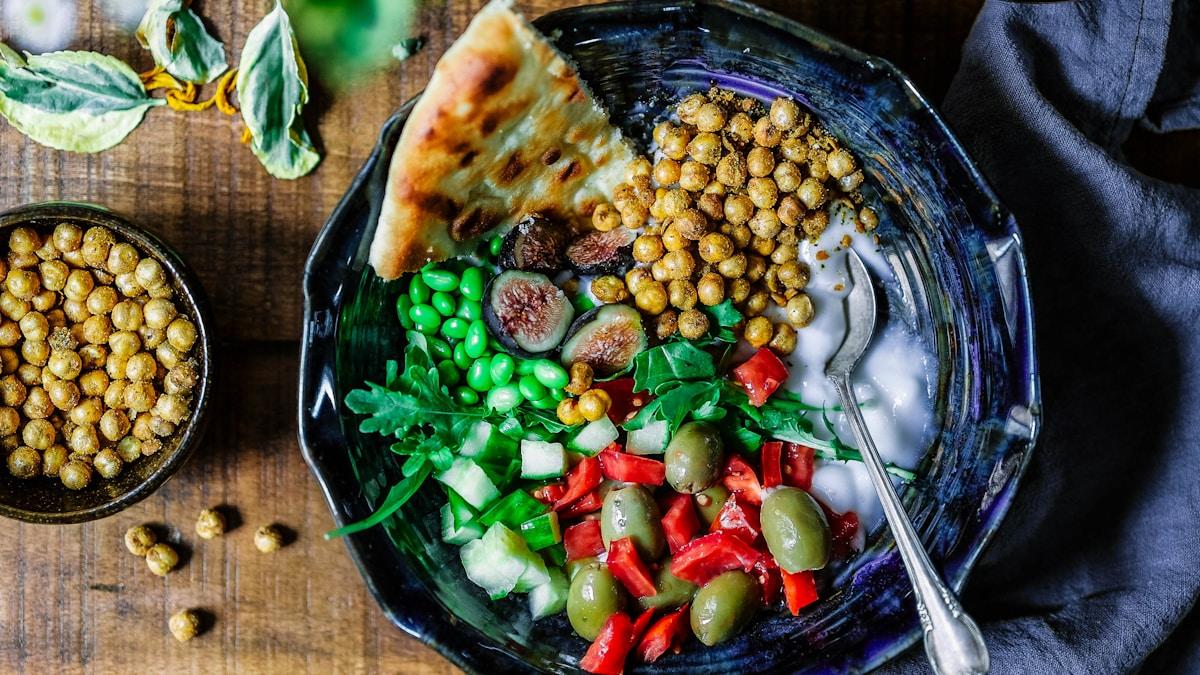
Boost Your Energy Naturally: Science-Backed Nutrition Strategies to Fight Fatigue
Discover evidence-based nutrition strategies to boost energy levels naturally, fight fatigue, and maintain metabolism throughout the day—no caffeine crash required.